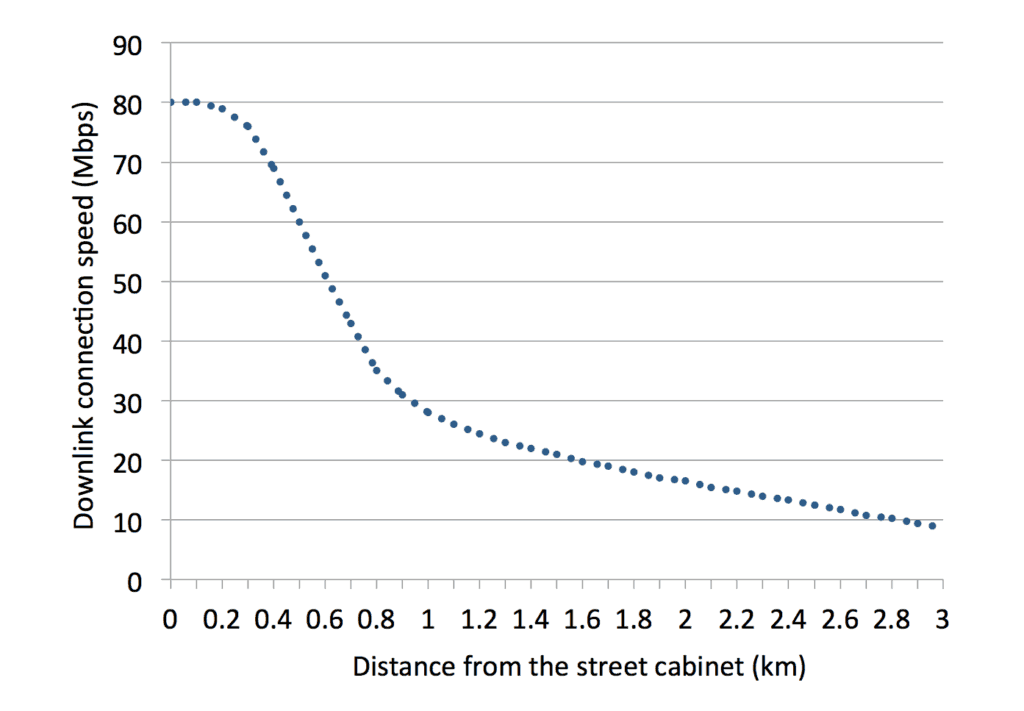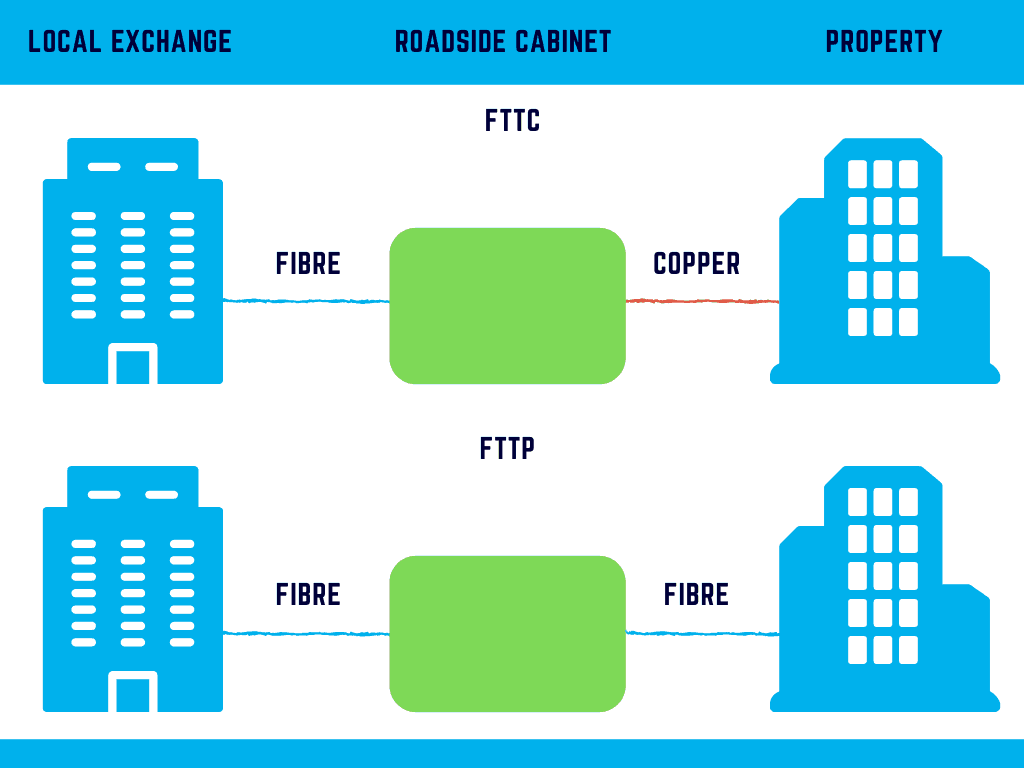As you’ve likely heard by now, BT plans to turn off the ISDN network by 2025. As part of this process, BT is introducing a new broadband service: SOGEA. But what is SOGEA, and will your business benefit from using it? I’ve put this article together using information available from many sources to tell you all you need to know in one place.
What is SOGEA broadband? SOGEA is a broadband-only connection available in the UK. SOGEA stands for Single Order Generic Ethernet Access. Instead of paying for voice services, you simply pay for broadband, which VoIP can be carried over.
Obviously, my above answer is succinct and doesn’t go into a lot of detail. Throughout the rest of this article, I’m going to break down what SOGEA is, how it will benefit businesses, and explain all you need to know ahead of its launch.
What Does SOGEA Mean?
SOGEA stands for Single Order Generic Ethernet Access – not the sexiest of broadband names! But what does single order generic ethernet access actually mean?
SOGEA is a service that will allow providers to offer a standalone broadband service, without bundling it with a landline service. This will allow providers to slightly reduce the cost whilst offering fast and reliable broadband to consumers.
Most businesses don’t want a landline service anymore. More businesses worldwide are moving over to digital solutions such as VoIP telephone systems, so traditional landlines are often no longer needed. Not only are traditional landlines antiquated, but they’re often very expensive. Is it any wonder businesses don’t want them?
SOGEA will allow consumers to buy just broadband, rather than voice services and broadband. Since most businesses only use broadband, this is a welcome offering for most.
Will SOGEA Be Cheaper Than Other Options, Such As FTTC?
Since SOGEA will allow you to purchase standalone fibre broadband, you might wonder how cheap it’ll be. After all, you’re only buying the fibre broadband line without the voice service.
According to BT Wholesale, SOGEA will be around 30 percent cheaper to providers than their GEA-FTTC service. What does this mean for consumers? SOGEA will be cheaper than FTTC services. Unfortunately, the price difference to consumers won’t be that significant. Here’s why.
SOGEA connections are almost identical to FTTC. They use the same infrastructure to establish a connection. The primary difference is that FTTC products are broadband and voice services bundled, whereas SOGEA’s just broadband.
This means the same lines are used from the exchange to the roadside cabinet and the roadside cabinet to your building. Since the same lines are used, the only difference is the lack of voice service on top of the lines with a SOGEA product. As the voice service isn’t that expensive anyway, the cost difference to consumers isn’t significant.
How Fast Will SOGEA Broadband Be?
SOGEA will likely be slightly cheaper than FTTC broadband packages while using exactly the same infrastructure. So how fast will SOGEA broadband be?
Single order generic ethernet access broadband will provide FTTC speeds to consumers. This is to be expected, since the same infrastructure is used. I anticipate that providers will sell SOGEA broadband at 40:10 and 80:20, although it remains to be seen. Most providers sell FTTC at those speeds, so it should remain the same with SOGEA.
If SOGEA broadband speeds are anything like FTTC (which they will be!) the speeds will differ greatly depending on your distance from the roadside cabinet. The FTTC speed your business receives is highly dependent on the distance between your office and the nearest roadside cabinet.
This handy graph from Increase Broadband Speed demonstrates how big an impact your distance from the cabinet servicing your building can have.

I would expect that SOGEA broadband speeds would be impacted in exactly the same way, as this has always been one of the biggest drawbacks of the way FTTC infrastructure works. With that in mind, no one can say for sure how fast SOGEA will be for everyone in the country.
If you have FTTC at the moment and it’s superfast, you can expect similar speeds with SOGEA. On the other hand, if you have FTTC and it’s slow, SOGEA probably won’t be any different.
If you want to know which speeds you should get with fibre to the cabinet, there are plenty of free checks available that will give you a rough idea of the speeds available. You can get a free availability check here, which will also tell you the speeds you can expect from each type of internet circuit.
Has SOGEA Launched?
No, SOGEA has not yet launched across the UK, although extensive trials have been conducted. With promising results, an initial launch date of the 31st of January was announced. In December, Openreach confirmed a delay due to a “rising trend in Early Life Failures”. The latest intended launch date of 1st March 2020 has been seemingly delayed due to the Coronavirus pandemic, with BT only conducting emergency work at the time of writing.
As a result of the virus, Openreach has issued a status of MBORC – which means Matters Beyond Our Reasonable Control. This has put a stop to most new broadband provisions, as well as anything other than crucial repairs. After this period of uncertainty, it can only be presumed that SOGEA will be rolled out as quickly as possible.
How Does SOGEA Differ From FTTC?
As you’ve undoubtedly noticed, SOGEA and FTTC are very similar broadband services. They use the same infrastructure, they offer the same or similar speeds, and they’re similarly priced.
Honestly, the two types of broadband barely differ. The main difference is SOGEA is data-only, whereas FTTC is data and voice. Since digital voice services such as VoIP are rising in popularity and replacing traditional phone lines, having a phone line is less important than ever.
A 2018 survey conducted by ISPreview revealed that 67.2% of readers revealed they’d get rid of their landline if it wasn’t needed by most providers for home broadband. I can only imagine that the same applies to business customers, most of which don’t even use their landline. In fact, the same ISPreview survey revealed that only 14.5% of participants still use a landline phone service for making calls.
Rumors persist that SOGEA will rapidly replace FTTC altogether over the coming years as Openreach gradually phase out analog phone services. SOGEA is a better service for providers and consumers alike when you consider it’s cheaper, you only pay for what you’re using, and it further encourages the move over to digital services.
Using FTTC? Do you intend to move over to SOGEA broadband instead? If you have any questions about the switch to digital, please feel free to leave a comment below. I’ll happily answer any questions that you have about SOGEA or broadband developments in general.

